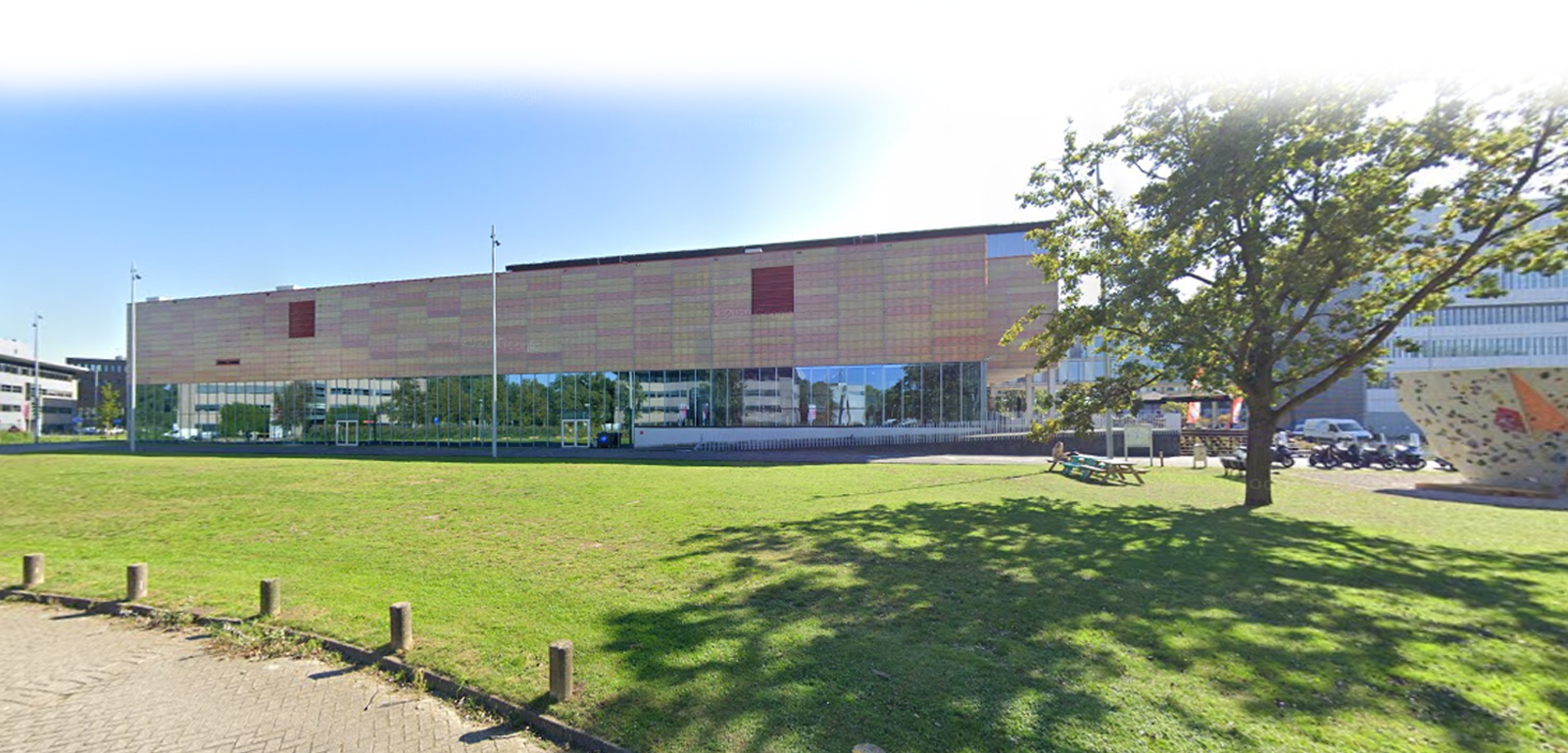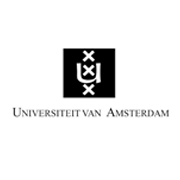


On 8 January 1632, Gerardus Vossius opened the Athenaeum Illustre, the predecessor of the University of Amsterdam, with his inaugural lecture ‘De historiae utilitate’ (On the usefulness of history). The next day, Caspar Barlaeus gave his famous lecture on the wise merchant, ‘Mercator Sapiens’. It was with these two professors, who were already well known figures in the international world of learning, that the history of the University of Amsterdam started around four centuries ago.
Vossius came to Amsterdam from the University of Leiden, where he had become a renowned scholar. The City seems to have been very keen to tempt him to join the Athenaeum, as they offered him an annual salary of 2600 guilders, making him the best paid professor in the Republic of the United Netherlands. Barlaeus, on his part, was a celebrated orator and poet who was also at home in the academic environment.
Barlaeus’s inaugural lecture was an ode to the City government, which had the wisdom to bring together successful tradesmanship and letters and philosophy within the Athenaeum. The bond that was forged then between the University and the City would always remain strong in the centuries to come.
Agnietenkapel, the heart of the university
The place where Vossius and Barlaeus held their inaugural lectures was the former chapel of the convent of St. Agnes, which had come into the possession of the city government in 1578. The many lectures the scholars held there in the years that followed proved very popular. Apart from students, visitors also came from far and wide to attend their public lessons. This meant the Agnietenkapel was often full.
From its small beginnings, when the students of the Athenaeum numbered in the dozens, the University has now grown into an internationally oriented institution with around 30,000 students. The Agnietenkapel is still the heart of the UvA, however, as it forms the backdrop to many academic events including PhD conferrals, inaugural lectures and symposia.
Change of name and status in 1815
In 1815 the Athenaeum Illustre was officially recognised as an institution of higher education, and in 1877 the City of Amsterdam, which provided its funding, elevated it to the status of University of Amsterdam. From that date, professors were appointed by the City Council, and it became possible for doctorates to be conferred. This attracted many renowned scientists (and future Nobel laureates) to Amsterdam, including Jacobus van ’t Hoff, Hugo de Vries and Johannes van der Waals.
The University was growing. New faculties, subjects and specialisms were added, and between 1917 and 1931 student numbers increased from 1100 to 2500. After WWII the UvA soon became the Netherlands’ largest university, with 7100 students in the academic year 1950-1951. The 1960s saw another expansion in the number of people going to University, and by 1970 the UvA had 25,000 students.
International outlook
The UvA’s status of municipal university came to an end in 1961, and from then on funding was mainly provided by the national government. Professors were no longer appointed by the City, but by the Executive Board.
Almost four centuries after its founding, the UvA has grown into a University with a leading reputation in the international world of science. The University is home to over 34,000 students, 3,000 PhD researchers, 6,000 staff and over a hundred different nationalities.